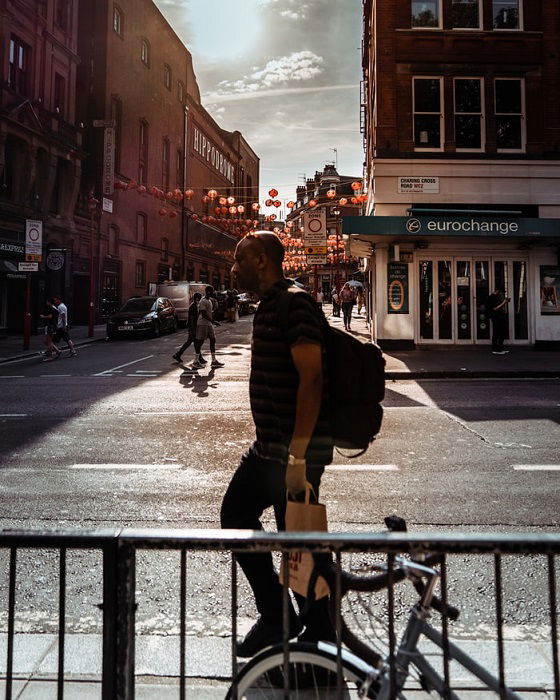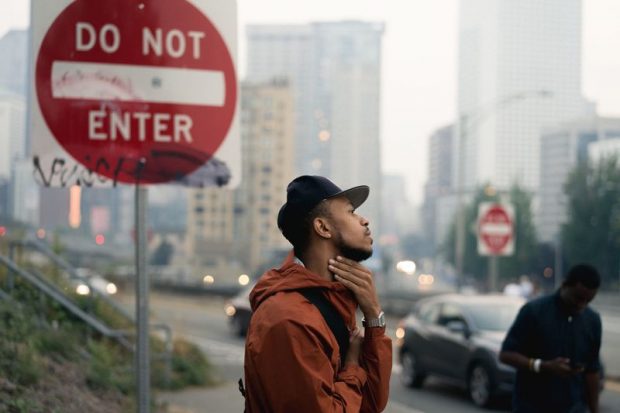The Main Principles Of Framing Streets
Table of ContentsAll About Framing StreetsMore About Framing StreetsFraming Streets Things To Know Before You Get ThisThe 6-Second Trick For Framing StreetsThe 9-Second Trick For Framing StreetsFraming Streets - Questions
Photography genre "Crufts Pet Show 1968" by Tony Ray-Jones Road digital photography (additionally in some cases called honest photography) is digital photography performed for art or inquiry that features unmediated possibility encounters and random events within public areas, generally with the purpose of recording photos at a decisive or poignant minute by careful framework and timing. 
, that was influenced to embark on a comparable documents of New York City. As the city created, Atget aided to advertise Parisian streets as a worthwhile subject for digital photography.

Some Known Factual Statements About Framing Streets
Martin is the initial tape-recorded photographer to do so in London with a disguised electronic camera. Mass-Observation was a social study organisation established in 1937 which intended to tape-record day-to-day life in Britain and to videotape the responses of the 'man-in-the-street' to King Edward VIII's abdication in 1936 to wed separation Wallis Simpson, and the sequence of George VI. The chief Mass-Observationists were anthropologist Tom Harrisson in Bolton and poet Charles Madge in London, and their very first report was generated as the book "May the Twelfth: Mass-Observation Day-Surveys 1937 by over 2 hundred onlookers" [] Home window cleaner at Kottbusser Tor, Berlin, by Elsa Thiemann c. 1946 The post-war French Humanist College digital photographers discovered their topics on the street or in the diner. In between 1946 and 1957 Le Groupe des XV annually displayed job of this kind. Andre Kertesz. Circus, Budapest, 19 click to find out more May 1920 Road photography developed the major web content of two exhibits at the Museum of Modern Art (Mo, MA) in New york city curated by Edward Steichen, Five French Professional Photographers: Brassai; Cartier-Bresson, Doisneau, Ronis, Izis in 1951 to 1952, and Post-war European Digital Photography in 1953, which exported the idea of road digital photography globally.

A Biased View of Framing Streets
, then an educator of young youngsters, associated with Evans in 193839.'s 1958 publication,, was significant; raw and often out of focus, Frank's images questioned mainstream digital photography of the time, "tested all the formal regulations laid down by Henri Cartier-Bresson and Pedestrian Evans" and "flew in the face of the wholesome pictorialism and heartfelt photojournalism of American publications like LIFE and Time".